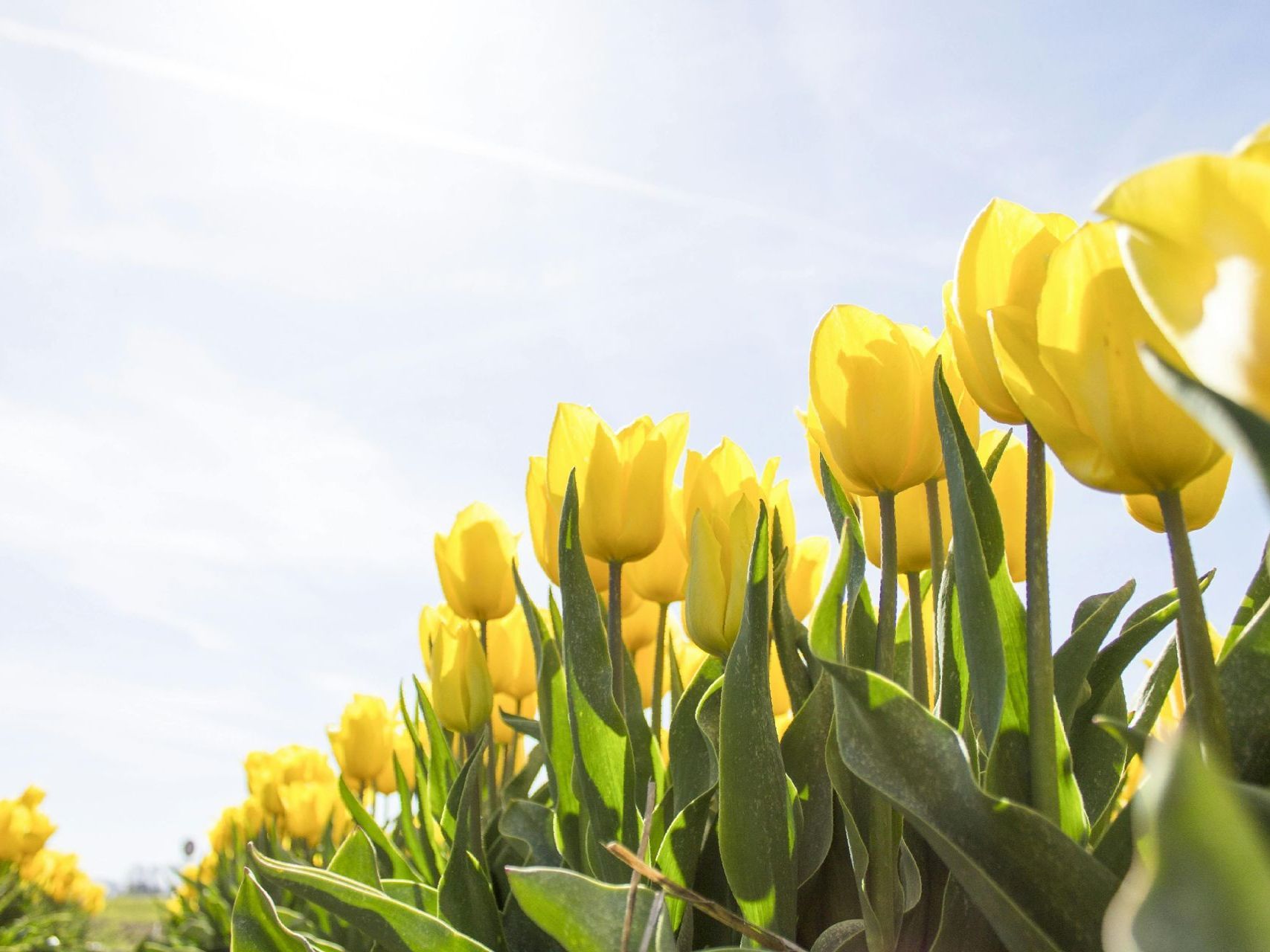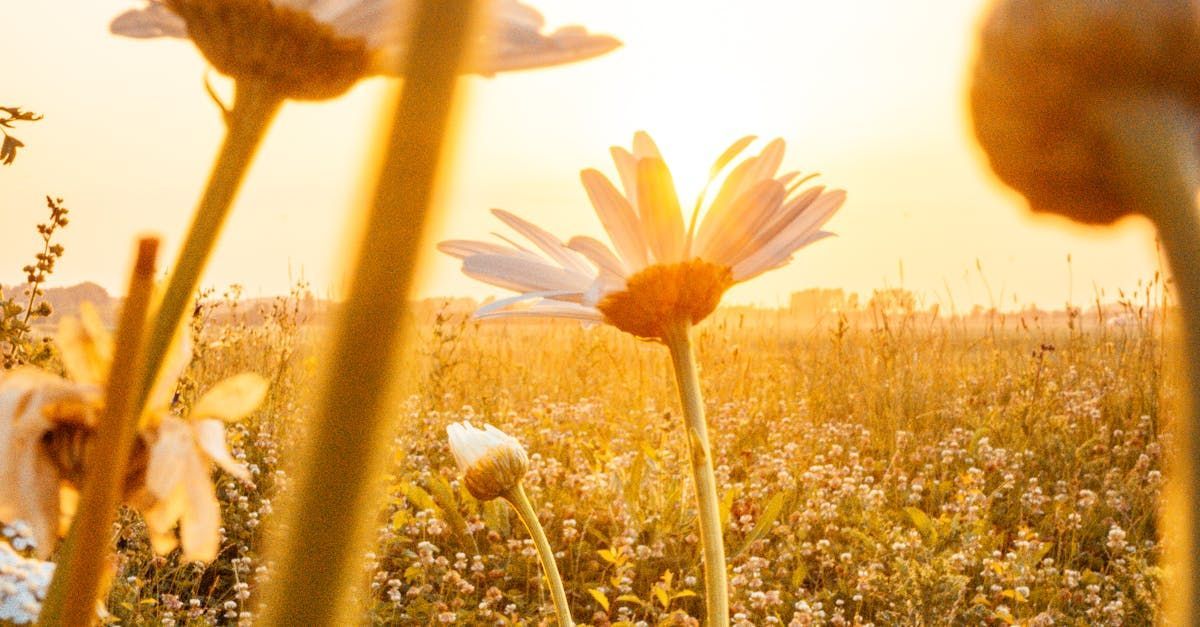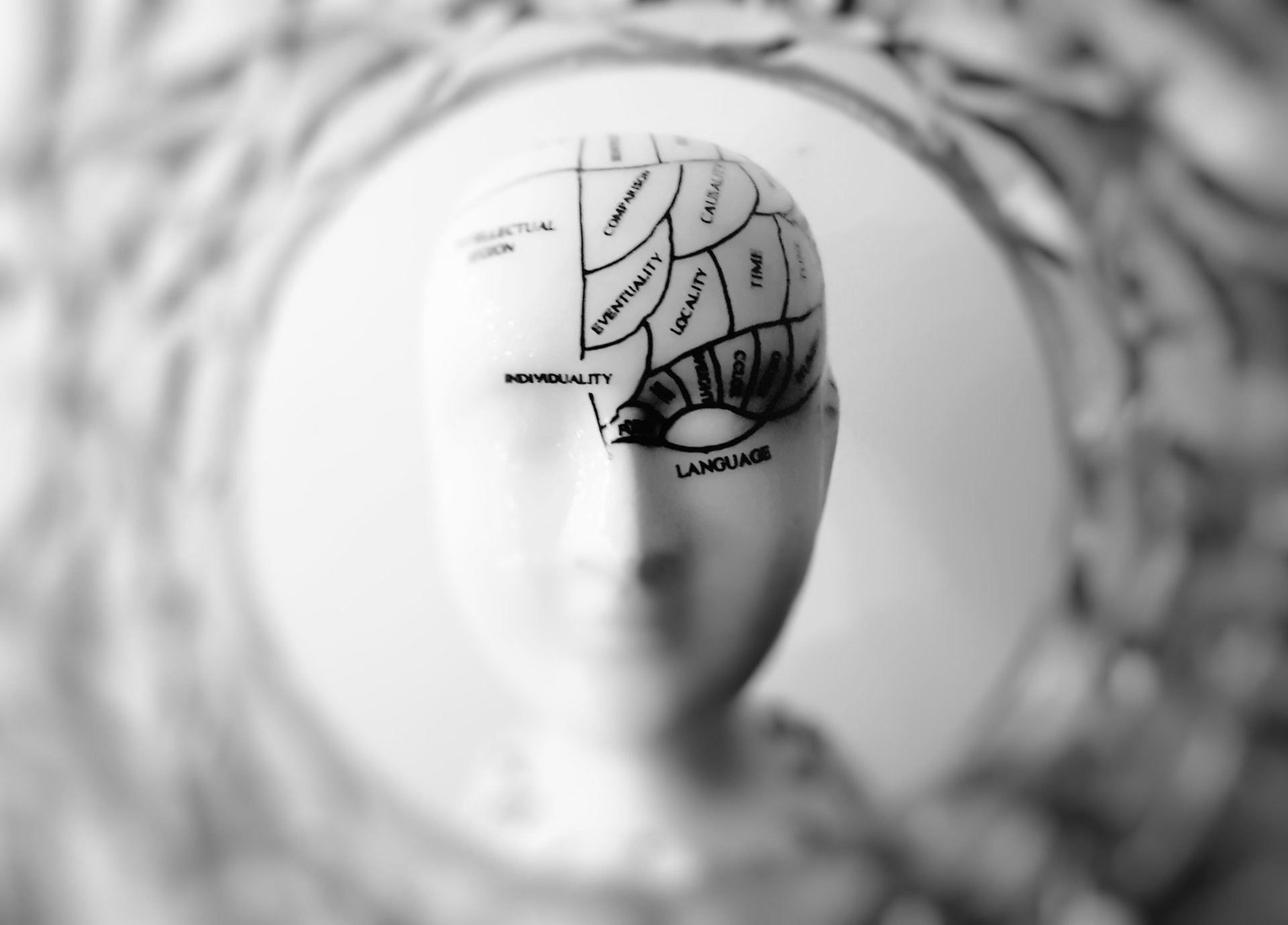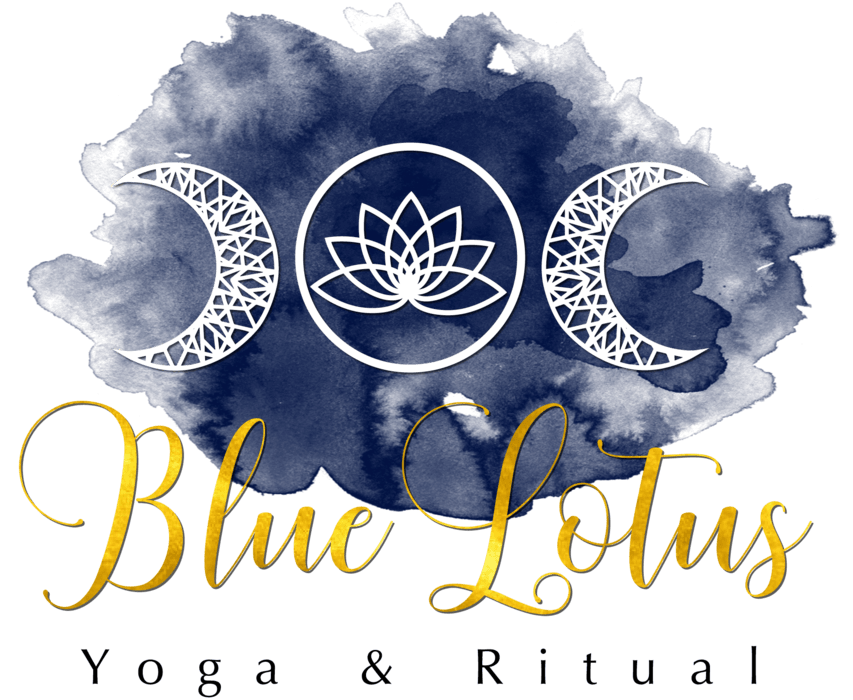Super Charge Your Immune Power!
Simple ways and recipes to up level your wellbeing in the cooler months

Here we are in the middle of Vata season, here in the northern hemisphere, and of course cough's and colds are on the increase.
For several years I have used preventative medicines and practices to try and uplevel my immune function at this time of year and, I am sure, that some of you have also seen/used these recipes before!
You may have also seen my post earlier this week with some Ayurvedic seasonal tips too. It is understood that Vata imbalance is the cause of almost all dis-ease in the body mind so those simple tips to balance Vata can certainly help to keep you fighting fit through Autumn/Winter.
We also know as Yogi's that our practice has the potential to influence pretty much every physiological process in the body—from muscle contraction to breathing, digestion, blood flow, and circulation. Yoga also influences the lymphatic system, which, while perhaps one of the least known and appreciated systems of the body, is also our first line of defense against disease. Lymph is a fluid substance that transports a range of antibodies and specialised white blood cells designed to fight disease, flowing through nodes that filter out bacteria, foreign matter, and dead tissue.
Healthy lymph flow is a key component of a strong immune system, and yoga asana can directly influence that flow. Unlike the circulatory system, which is driven by the pump of the heart, the lymphatic system depends on gravity as well as on tissues contracting to squeeze fluid through its pathways. This makes yoga poses like twists, forward folds, side bends, and inversions the perfect tools to boost lymph flow.
But what about the traditional methods to combat colds?....Increasing vitamin C, good nights rest, echinacea etc???
I just listened to a super interesting podcast about supplements as I have always taken additional vitamins and minerals. I really would encourage you to listen to the expert advice about this. So do visit the Zoe Podcast
Can you get these necessary vitamins in your diet to boost your immune function? Yes!!!
Here are two of my favourite recipes Elderberry Syrup & Tumeric, Honey , Ginger Bomb.
Elderberry Syrup
Elderberries naturally have vitamins A, B, and C and stimulate the immune system. Israeli researchers found elderberries can really help when it comes to colds and flu as their complex sugars are clinically shown to help support the immune system.
Ingredients
- 800ml water
- 110gm dried elderberries (or 1 1/3 cups fresh or frozen)
- 2 Tbsp raw ginger root grated
- 1 tsp cinnamon
- ½ tsp ground cloves
- 340gm cup raw honey
Instructions
Pour the water into a medium saucepan and add the elderberries, ginger, cinnamon, and cloves. Bring to a boil and then uncover and reduce to a simmer for about 30 to 45 minutes until the liquid has reduced by almost half. Remove from heat and let cool until it's lukewarm. Mash the berries carefully using a spoon or other flat utensil. Pour through a strainer or cheesecloth into a glass jar or bowl. Discard the elderberries. When the liquid is no longer hot, add the honey and stir well.Tumeric, Ginger & Honey Bomb
- 120 ml honey (prefereble organic unheated)
- 2-4 tbsp freshly grated ginger (or ground ginger), depending on how strong you prefer
- 2 tsp ground turmeric (or freshly grated turmeric if you can find it)
- 1 organic unwaxed lemon, freshly grated zest
- 2 pinches ground black pepper
Stir together all ingredients in a bowl. Taste and add more ginger or turmeric if needed. Aim for a really strong flavor, you’ll only add a few teaspoons to a cup of water. Store the Ginger & Turmeric Honey Bomb in a glass container. Boil a cup of water and let slightly cool (to keep the benefits from the honey intact), stir in a few teaspoons of the honey mixture and drink. You can of course also add this to your favourite tea or add a a spoon to your porridge.
Enjoy & Stay Healthy!












